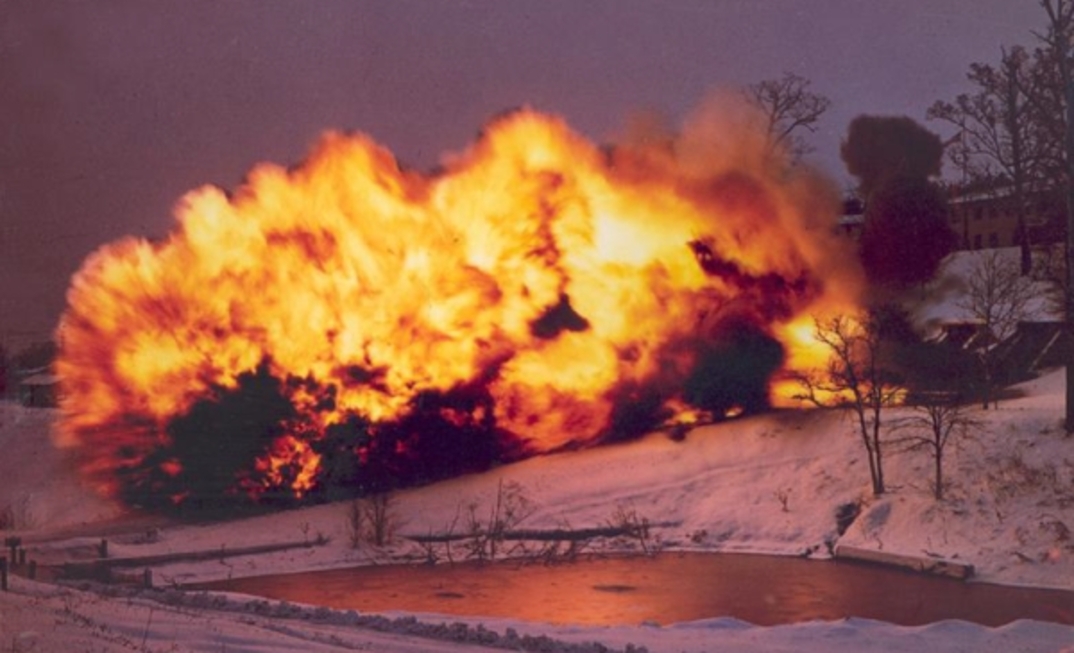Float dust, which is generated by the everyday coal mining process, can spread quickly to the mine floor and ribs, roof, suspended items and other objects. The potentially combustible material must be inerted through the use of rock dust.
Failure to properly dust has also been a contributory factor to many fatal mine accidents over the years.
“The liberal application of rock dust is necessary to maintain the required minimum total incombustible content and prevents the possible propagation of explosions in underground coal mines,” the agency said.
To help battle the issue and prevent a dangerous environment, MSHA compiled best practices for mines including the continuous application of rock dust in immediate return entries for working sections while mining, as well as in longwall tailgate entries and downwind of belt transfer points while belts are running.
Federal officials stressed the regular use of rock dust in main return and bleeder entries and, when in an area that is inaccessible such as mined-out sections, mechanical applications should be used.
MSHA also stressed the regular cleaning of overhead items such as waterlines, mesh, “bacon strips” roof straps and standing roof supports to remove float coal dust, and the thorough application of rock dust on mine roof, ribs and floor.
During mining, water can be used to wet and remove float coal dust from the roof and ribs.
Agency officials also spotlighted the importance of pre-shift and on-shift examinations, including checking for coal dust accumulations. More frequent examinations for float coal dust accumulations should be conducted downwind of mining.
























